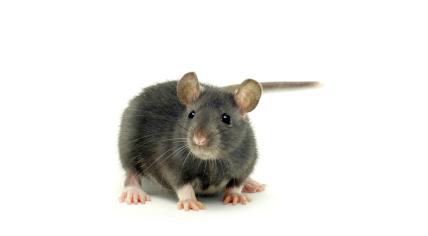
Rat-friendly Amsterdam: Experts argue for co-existence with vermin, not extermination
The contact between humans and rats typically ends with the latter's death. But at a conference of the Center for Animal Studies of the University of Amsterdam, experts argued for a different approach. “In the conflict between humans and rats, it is usually win-lose. But killing one of the two parties is not a real solution,” animal scientist Maite van Gerwen said, Parool reports.
The rat’s main problem is a bad image, according to Merel Ligtelijn and Christine van Royen, who presented a project called Rat City at the conference. Crows, pigeons, and bats are all similar to rats in terms of presence, numbers, and links to diseases. But people can live with them, while the first response to a rat is calling the exterminator.
And that bad reputation is unjustified, Van Gerwen added. Rats are considered transmitters of disease, often in reference to the plague from earlier centuries. But in reality, rats are no more dangerous than other animals. “The rat is associated with Weil’s disease. Thirty cases of this occur every year. In twenty of them, the infection happened abroad.”
Van Gerwen advocated a behavior change to send clearer signals to rats. “As humans, we communicate very unclearly with the rat, for example, by leaving food lying around everywhere. We don’t want rats in our house, but we leave holes and cracks open so the animals can easily enter.”
Cities like Amsterdam could improve matters by making the waste system rodent-proof. An information campaign about the animal and asking locals to think about exactly why the rat is more of a nuisance than a bat or a pigeon could also help. In their Rat City Project, Van Royen and Ligtelijn also suggest special feeding areas for rats spread throughout the city. The animals can roam around there unhindered, and people, as spectators, can get to know them better.
“Why do we want certain animals around us and not others?” Van Gerwen asked. “In newly-built houses, facilities are made in the cavity to provide bats with a home. At the same time, rats are controlled with traps, glue plates, and poison.”
